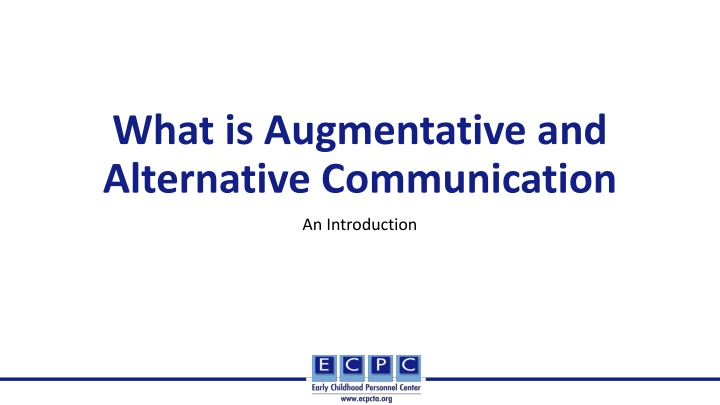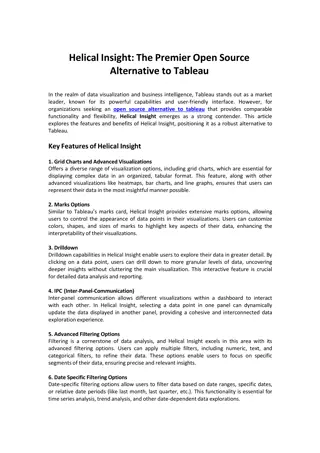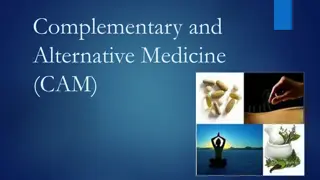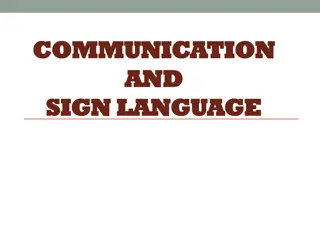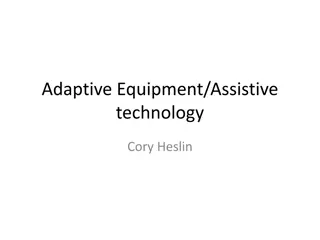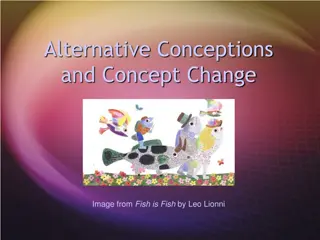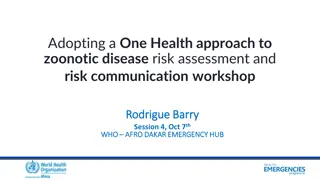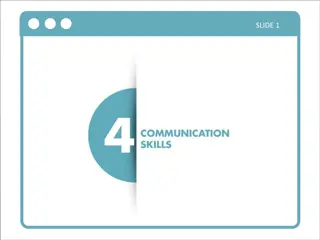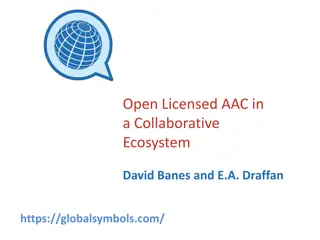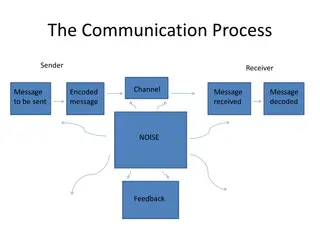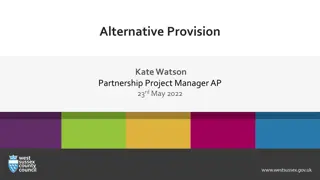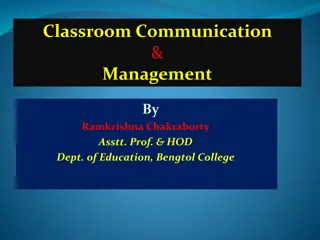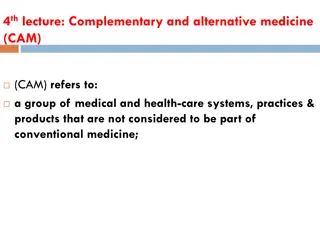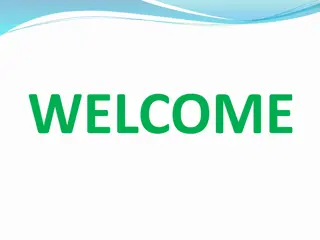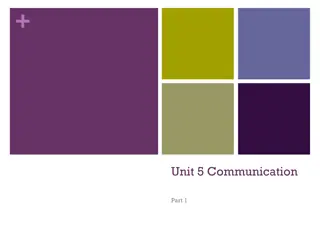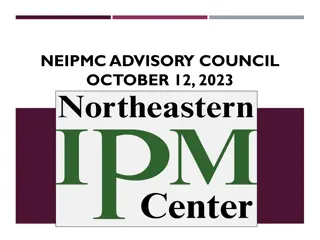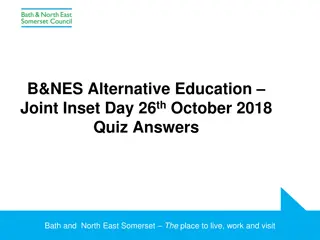What is Augmentative and Alternative Communication
Augmentative and Alternative Communication (AAC) encompasses various forms of communication, such as aided and unaided systems, to supplement or replace spoken language. Explore AAC terms, myths, realities, and goals depicted in the provided images.
Uploaded on Feb 21, 2025 | 0 Views
Download Presentation

Please find below an Image/Link to download the presentation.
The content on the website is provided AS IS for your information and personal use only. It may not be sold, licensed, or shared on other websites without obtaining consent from the author.If you encounter any issues during the download, it is possible that the publisher has removed the file from their server.
You are allowed to download the files provided on this website for personal or commercial use, subject to the condition that they are used lawfully. All files are the property of their respective owners.
The content on the website is provided AS IS for your information and personal use only. It may not be sold, licensed, or shared on other websites without obtaining consent from the author.
E N D
Presentation Transcript
What is Augmentative and Alternative Communication An Introduction
Augmentative and alternative communication (AAC) definitions Describes distinct forms of communication that can supplement or replace spoken language, either temporarily or permanently. Includes aided and unaided symbolic language systems Unaided AAC: body-based communication (e.g., ASL, gestures, pointing) Aided AAC: use of objects, pictures, technology (i.e., external tools) for communicating
AAC Terms & Definitions An AAC Continuum No technology: body-based communication without use of external object) Lite technology: tools and strategies that do not require sophisticated technology, and are not solely communicated via body-based communication (e.g., pictures, symbols, objects) High technology: computer-/tablet-based communication
A few AAC Myths It is a last resort intervention. It impedes cognition, speech and/or language development. Individuals must demonstrate a certain prerequisite skills to benefit from AAC tools, techniques and strategies. It involves sophisticated high technology systems only. Individuals need only one AAC solution/option.
The AAC Realities It is a "last resort" in speech and language intervention. has proven to aid It impedes cognition, speech and/or language development. Individuals must demonstrate a certain prerequisite skills to benefit from AAC tools, techniques and strategies. There are no required It involves sophisticated high technology systems only. more than Individuals need only one AAC solution/option.
The AAC Goals Establish a means by which children can communicate meaningful messages: To meet personal needs and share personal information In ways that promote participation at home, school, and leisure In ways that support symbolic language learning & development To establish and maintain social roles and social networks (e.g., friend, student, sibling)
Disclaimer This is a product of the Early Childhood Personnel Center (ECPC) awarded to the University of Connecticut Center for Excellence in Developmental Disabilities and was made possible by Cooperative Agreement #H325B170008 which is funded by the U.S. Department of Education, Office of Special Education Programs. However, those contents do not necessarily represent the policy of the Department of Education, and you should not assume endorsement by the Federal Government.
